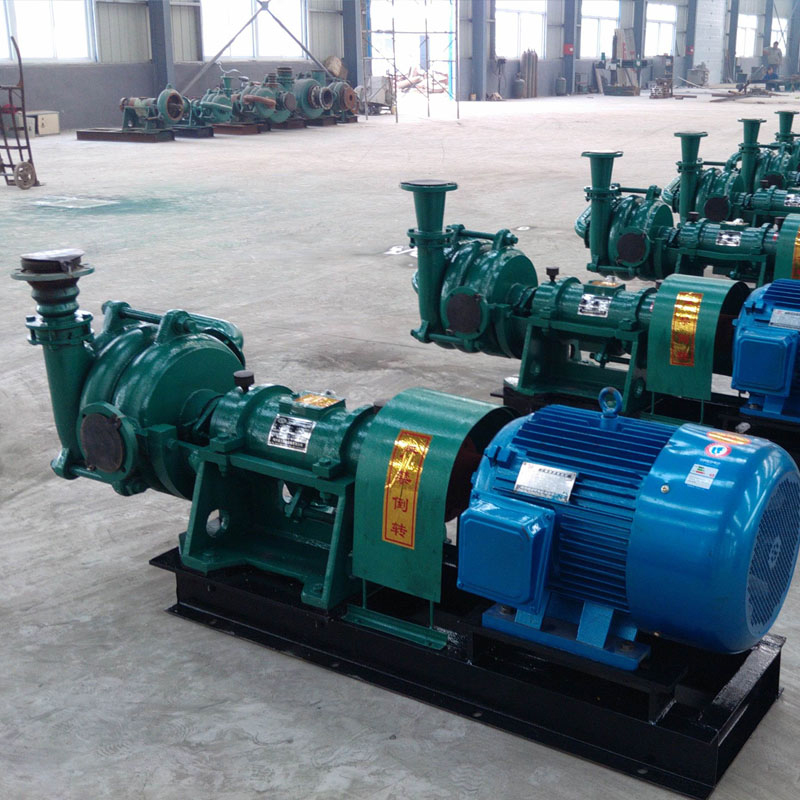Urdu
- Afrikaans
- Albanian
- Amharic
- Arabic
- Armenian
- Azerbaijani
- Basque
- Belarusian
- Bengali
- Bosnian
- Bulgarian
- Catalan
- Cebuano
- Corsican
- Croatian
- Czech
- Danish
- Dutch
- English
- Esperanto
- Estonian
- Finnish
- French
- Frisian
- Galician
- Georgian
- German
- Greek
- Gujarati
- Haitian Creole
- hausa
- hawaiian
- Hebrew
- Hindi
- Miao
- Hungarian
- Icelandic
- igbo
- Indonesian
- irish
- Italian
- Japanese
- Javanese
- Kannada
- kazakh
- Khmer
- Rwandese
- Korean
- Kurdish
- Kyrgyz
- Lao
- Latin
- Latvian
- Lithuanian
- Luxembourgish
- Macedonian
- Malgashi
- Malay
- Malayalam
- Maltese
- Maori
- Marathi
- Mongolian
- Myanmar
- Nepali
- Norwegian
- Norwegian
- Occitan
- Pashto
- Persian
- Polish
- Portuguese
- Punjabi
- Romanian
- Russian
- Samoan
- Scottish Gaelic
- Serbian
- Sesotho
- Shona
- Sindhi
- Sinhala
- Slovak
- Slovenian
- Somali
- Spanish
- Sundanese
- Swahili
- Swedish
- Tagalog
- Tajik
- Tamil
- Tatar
- Telugu
- Thai
- Turkish
- Turkmen
- Ukrainian
- Urdu
- Uighur
- Uzbek
- Vietnamese
- Welsh
- Bantu
- Yiddish
- Yoruba
- Zulu
Telephone: +86 13120555503
Email: frank@cypump.com
دسمبر . 12, 2024 17:57 Back to list
sump pump sewer
Understanding Sump Pumps and Their Role in Sewer Systems
Sump pumps are essential devices used in many homes and buildings, particularly those susceptible to flooding or water accumulation in basements and crawl spaces. These pumps play a critical role in managing water, ensuring that structures remain safe and dry. Understanding how sump pumps work, their connection to sewer systems, and their importance in flood prevention can help homeowners make informed decisions about water management solutions.
What is a Sump Pump?
A sump pump is a submersible device installed in a sump pit, a specially constructed pit in the lowest part of a basement or crawl space. The primary function of a sump pump is to remove excess water that may collect in the pit due to heavy rain, melting snow, or groundwater buildup. The pump automatically activates when water levels reach a certain height, transferring the water out of the pit and away from the foundation of the home.
How Sump Pumps Work
Sump pumps generally operate using a float switch that detects water levels. When the water rises, the float lifts, triggering the pump to start. The water is then pumped out through a discharge pipe, sending it away from the home to prevent it from flowing back. Most sump pumps can handle large volumes of water, making them effective at preventing flooding in basements.
There are two main types of sump pumps submersible and pedestal. Submersible pumps are placed directly in the sump pit, while pedestal pumps sit above the pit with a long shaft extending down into the water. Both types are effective, but submersible pumps are typically more powerful and can handle larger volumes of water.
Connecting Sump Pumps to Sewer Systems
sump pump sewer

One important consideration for sump pump usage is its relationship with sewer systems. In some cases, homeowners may consider discharging sump pump water into the municipal sewer system. However, it is crucial to check local regulations before doing so. Many municipalities prohibit this practice because it can overwhelm the sewer system during heavy rainfall or flooding.
Instead, sump pumps should ideally discharge water onto the ground or into a dry well, ensuring that the water flows away from the foundation and does not cause nuisance flooding in neighboring properties. Proper drainage planning is essential for effective sump pump operation and to maintain the integrity of the sewer system.
Importance of Regular Maintenance
To ensure that a sump pump operates effectively, regular maintenance is crucial. Homeowners should test their sump pumps at least once a year to ensure they are functioning correctly. This involves pouring water into the sump pit to trigger the pump and ensuring that it activates properly. Additionally, keeping the sump pit clean and free of debris can prevent clogs and extend the life of the pump.
Installing a battery backup system is also a wise investment. Power outages can occur during severe storms when sump pumps are needed the most. A battery backup ensures that the pump will continue to operate, providing an extra layer of security against flooding.
Conclusion
Sump pumps are vital to home water management systems, particularly in areas prone to flooding. They help protect properties from water damage, mold growth, and structural issues. Homeowners should be aware of how these devices work, their appropriate discharge methods concerning sewer systems, and the importance of regular maintenance. By taking proactive measures, homeowners can effectively safeguard their properties against the threat of water damage.
-
ISG Series Vertical Pipeline Pump - Chi Yuan Pumps Co., LTD.|High Efficiency, Low Noise, Durable
NewsAug.02,2025
-
ISG Series Vertical Pipeline Pump - Chi Yuan Pumps | High Efficiency, Low Noise
NewsAug.02,2025
-
ISG Series Vertical Pipeline Pump- Chi Yuan Pumps Co., LTD.|High Efficiency&Compact Design
NewsAug.02,2025
-
Heavy-Duty Mining Sludge Pumps - Wear-Resistant Slurry Handling
NewsAug.02,2025
-
Horizontal Split Case Pump with GPT-4 Turbo | High Efficiency
NewsAug.01,2025
-
ISG Series Pipeline Pump - Chi Yuan Pumps | High Efficiency, Durable Design
NewsAug.01,2025










